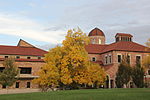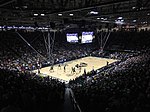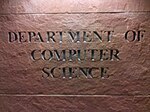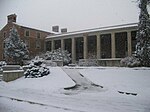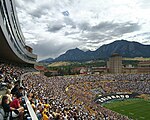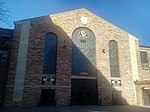Sommers–Bausch Observatory
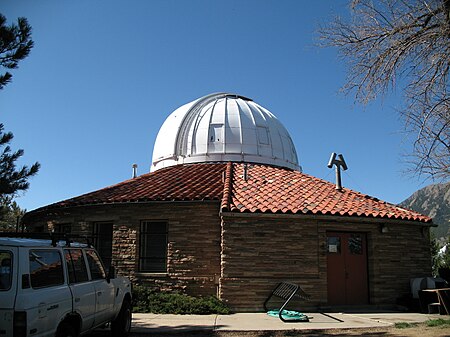
Sommers–Bausch Observatory is an astronomical observatory located on and owned by University of Colorado Boulder. The building was initially completed in 1953 and named after Elmer E. Sommers and Carl L. Bausch. It is operated by the university's Department of Astrophysical and Planetary Sciences (APS), which primarily utilizes the facilities and equipment of the observatory for teaching as well as some research. Telescopes include two 20" Planewave CDK telescopes on Software Bisque Taurus 500 encoder mounts, a 24" Boller and Chivens Cassegrain reflectors, and a 10-inch aperture heliostat (solar telescope). The observatory also possesses multiple smaller telescopes and ancillary equipment. The observatory also houses the lab classroom and the computer lab for the APS department. The observatory hosts free public open houses on Friday nights during the academic semester, hosted by students and faculty.
Excerpt from the Wikipedia article Sommers–Bausch Observatory (License: CC BY-SA 3.0, Authors, Images).Sommers–Bausch Observatory
Folsom Street, Boulder
Geographical coordinates (GPS) Address Website Nearby Places Show on map
Geographical coordinates (GPS)
| Latitude | Longitude |
|---|---|
| N 40.003722222222 ° | E -105.2625 ° |
Address
University of Colorado Boulder (Main Campus)
Folsom Street
80309 Boulder
Colorado, United States
Open on Google Maps
